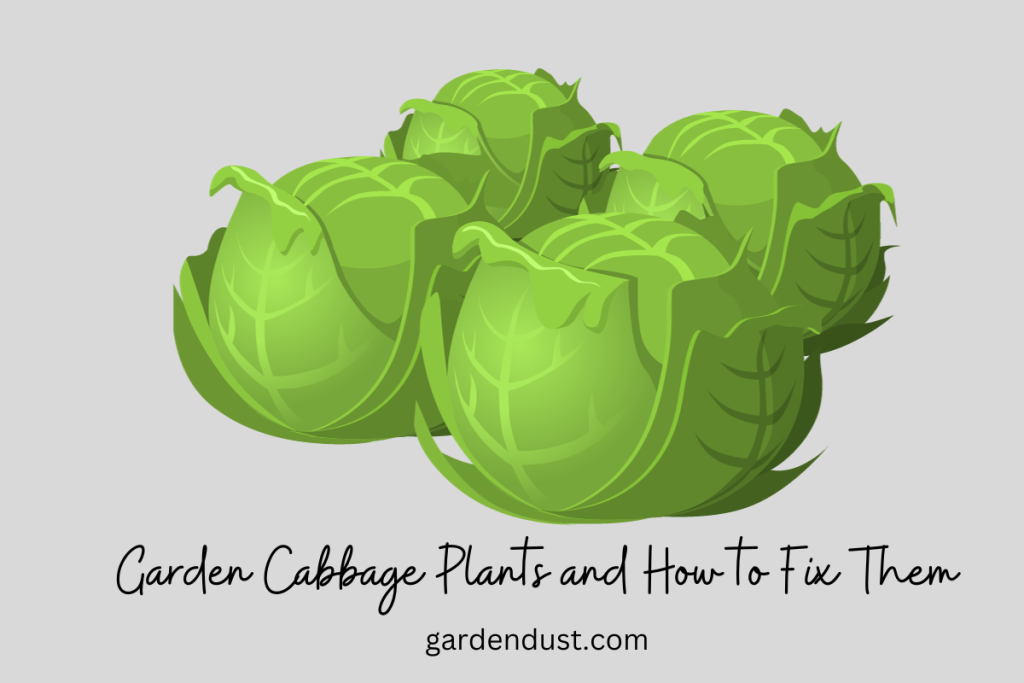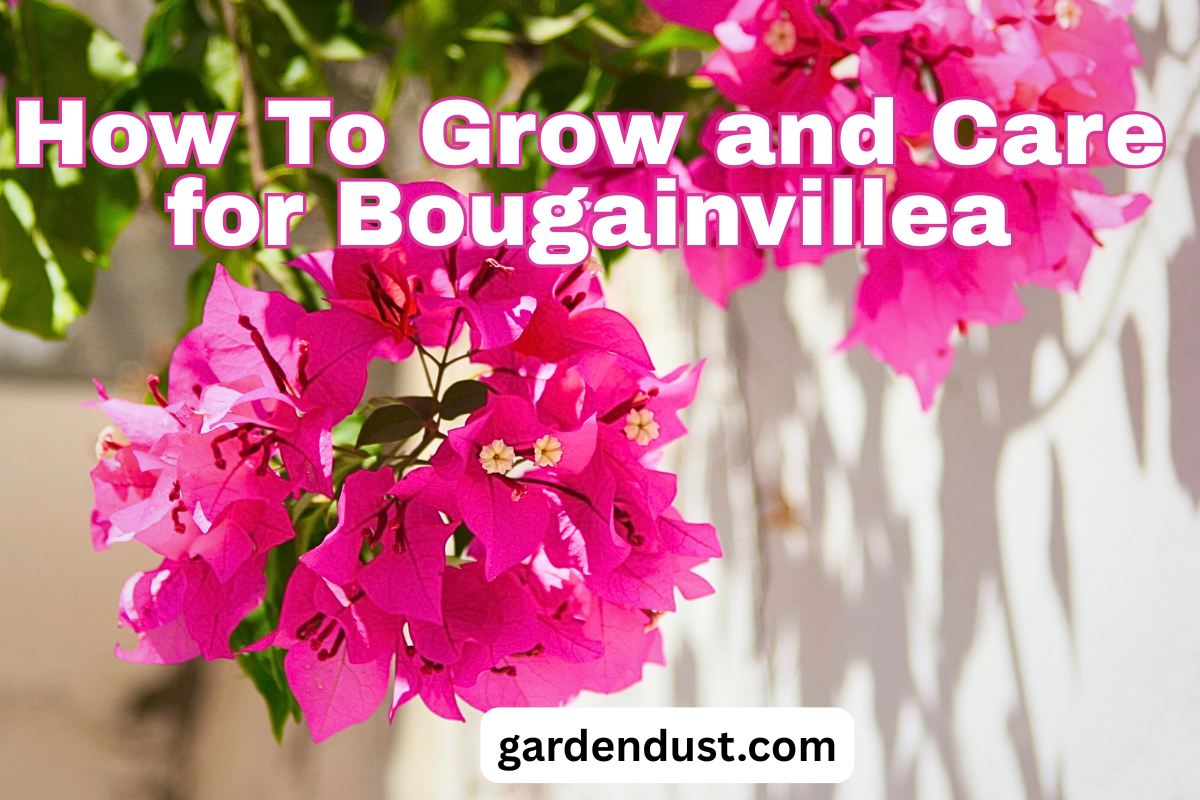Cabbage, a member of the Brassica family, is a popular and nutritious vegetable commonly grown in home gardens. While cabbage plants are generally hardy, they can still encounter various problems that can hinder their growth and productivity. In this article, we will discuss about 15 Common Problems with Garden Cabbage Plants and How to Fix Them. Let’s start…
1. Pest Infestations
Problem: Aphids, cabbage worms, and other pests can damage cabbage leaves and stunt growth.
Solution: Use organic insecticides, like neem oil or insecticidal soap, to deter pests. Introducing natural predators like ladybugs can also help control pest populations.
2. Cabbage Loopers
Problem: Cabbage loopers are caterpillars that chew holes in cabbage leaves.
Solution: Handpick loopers from plants and release natural predators. Covering plants with floating row covers can also prevent adult moths from laying eggs.
3. Cabbage Root Maggots
Problem: Larvae of root maggots feed on cabbage roots, leading to wilting and stunted growth.
Solution: Use floating row covers to prevent adult flies from laying eggs near plants. Apply beneficial nematodes to the soil to control maggot populations.
4. Clubroot
Problem: Clubroot is a soil-borne disease that causes swelling of cabbage roots and reduces plant vigor.
Solution: Practice crop rotation and ensure proper drainage. Choose resistant cabbage varieties and avoid planting in infected soil.
5. Downy Mildew
Problem: Downy mildew appears as yellow spots on cabbage leaves, often leading to leaf distortion.
Solution: Space plants to improve air circulation and avoid overhead watering. Apply copper-based fungicides preventively.
6. White Mold
Problem: White mold forms white, cotton-like growth on cabbage leaves, affecting their health.
Solution: Remove infected plants and improve air circulation. Avoid overhead watering and apply fungicides when necessary.
7. Blackleg
Problem: Blackleg is a bacterial disease causing wilting, yellowing, and blackening of cabbage stems.
Solution: Purchase disease-free seedlings, practice crop rotation, and provide proper spacing. Remove infected plants promptly.
8. Cabbage Aphids
Problem: Cabbage aphids cluster on undersides of leaves, causing stunted growth and spreading diseases.
Solution: Spray plants with a strong stream of water to dislodge aphids. Use insecticidal soap or neem oil as needed.
9. Fungal Leaf Spots
Problem: Fungal leaf spots lead to brown or black spots on cabbage leaves, affecting overall plant health.
Solution: Space plants for better air circulation, avoid overhead watering, and apply fungicides preventively.
10. Nutrient Deficiencies
Problem: Yellowing leaves, poor growth, and stunted heads can indicate nutrient deficiencies.
Solution: Test soil and amend with appropriate fertilizers. Regularly feed cabbage plants with balanced fertilizers rich in nitrogen, phosphorus, and potassium.
11. Bolting
Problem: Bolting occurs when cabbage plants prematurely produce flower stalks, reducing head formation.
Solution: Plant at the right time and ensure consistent moisture. Harvest mature heads promptly to prevent bolting.
12. Overwatering or Underwatering
Problem: Inconsistent watering can lead to root rot, poor growth, and reduced head formation.
Solution: Maintain consistent soil moisture by watering evenly. Use mulch to retain moisture and prevent fluctuations.
13. Sunburn
Problem: Excessive sun exposure can lead to sunburn on cabbage leaves, affecting their quality.
Solution: Provide shade during the hottest parts of the day, especially for young plants. Use shade cloth or row covers.
14. Transplant Shock
Problem: Transplanted cabbage seedlings can experience shock, leading to wilting and slow growth.
Solution: Harden off seedlings before transplanting, gradually exposing them to outdoor conditions. Water transplants well and protect them from extreme weather.
15. Weeds Competition
Problem: Weeds compete with cabbage plants for nutrients and water, affecting growth.
Solution: Keep the garden area weed-free through regular cultivation and mulching.
Growing healthy and productive cabbage plants requires vigilant care and attention. By recognizing these 15 common problems and implementing the suggested solutions, you can ensure that your cabbage crop thrives, providing you with a bountiful harvest of this nutritious and versatile vegetable. Remember that a combination of good cultural practices, careful monitoring, and timely interventions will contribute to the success of your cabbage garden. Happy Gardening…







